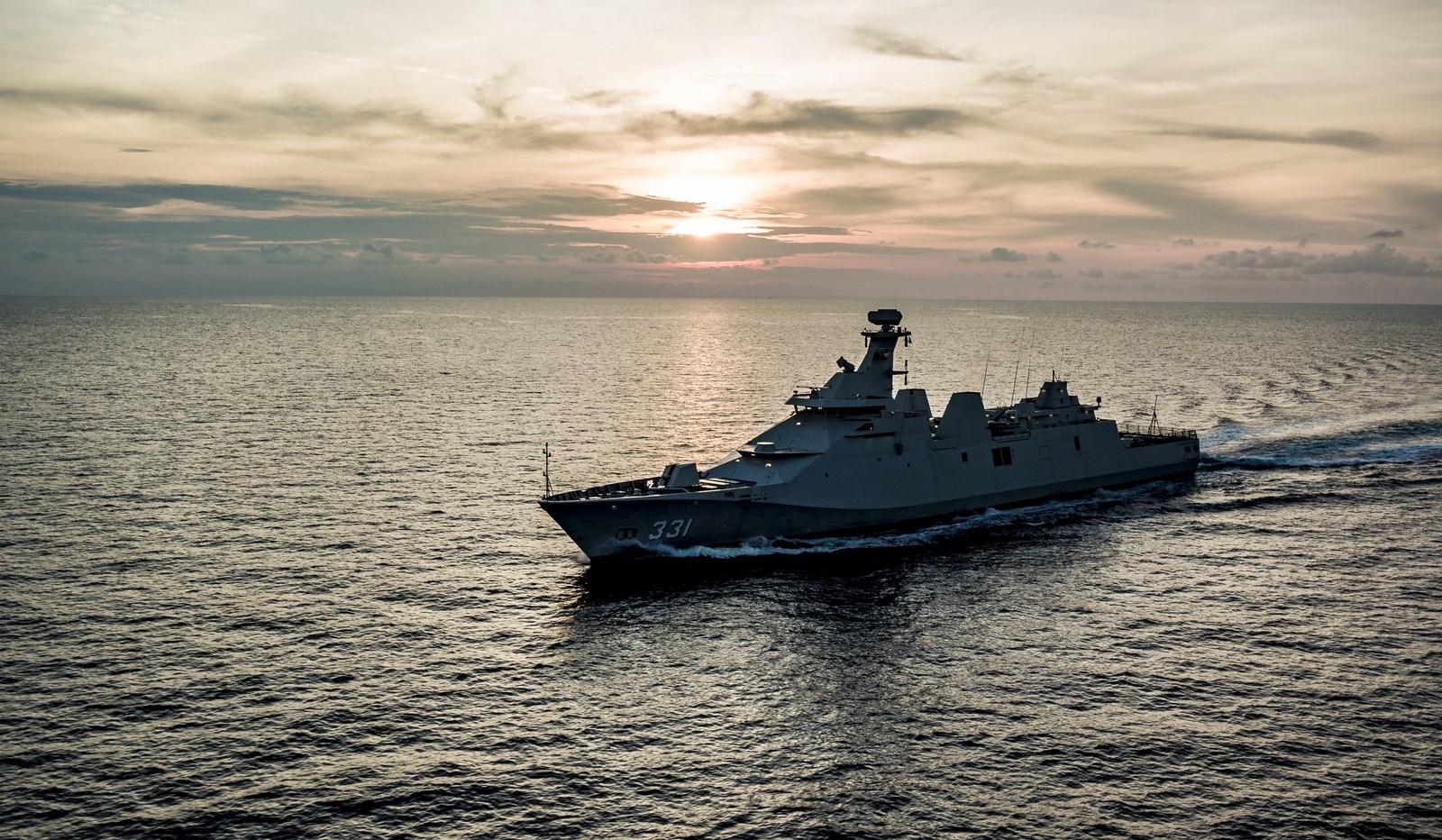Moscow and New Delhi are still negotiating a contract for the construction of guided-missile frigates for service in the Indian Navy.
“Russia and India continue to negotiate a contract for the purchase of four frigates,” read a report by TASS earlier this week, which quoted the press service of Russia’s Federal Service for Military and Technical Cooperation. “The parties continue the work on a package of contract documents.”
The deal for purchasing four Project 11356, or advanced Talwar-class, frigates from Russia was first made public during a meeting between Russia’s President Vladimir Putin and India’s Prime Minister Narendra Modi in New Delhi earlier this month. At the time, the deal was estimated to be worth $2.2 billion. India’s Economic Times reported on Monday that the deal was inked to supply two new warships to India; however, TASS subsequently reported that negotiations are still ongoing.
India already maintains six Talwar-class frigates, but the four new ships will be more advanced versions. The new frigates will be able to reach 30 knots, have an endurance of around 30 days, and be equipped with the BrahMos cruise missile system.
The new warships could be built under what is being called a “two plus two scheme,” whereby two will be built at Russia’s Yantar Shipyard and the other two at an Indian shipyard in Goa, off the western coast along the Indian Ocean. The first two ships are planned to be delivered by 2022, given that the hulls have already been fabricated for a Russian navy order that was stalled as a result of the situation in Ukraine. Initially, the ships have been designed to work with Ukraine-made gas turbines.
Doing business with Russia comes with risks, since the U.S. can impose sanctions on any country that conducts significant transactions with Russian defense and intelligence sectors under the Countering America's Adversaries Through Sanctions Act. The act was adopted by the Trump administration last year in response to alleged Russian interference in the 2016 U.S. presidential elections and the situation in Ukraine.
With more than 60 percent of its military hardware still being supplied by Russia, India could be walking a diplomatic and economic tightrope. Some analysts say that although New Delhi has a strong military partnership with Washington, India cannot afford to sideline Russia in its defense calculus.
India’s defense relationship with Russia goes back further than its relationship with the U.S. The Soviet Union was India’s main supplier during the cold war, and today most of its armament is Russian, or Soviet, made. According to estimates, Russian defense supplies to India has accounted for over $65 billion since 1960. About 70 percent of the Indian Air Force’s equipment is Russian-made, while 80 percent of its naval fleet is Russian.
Recent arms deals between the two sides also include a $5.43 billion contract for the purchase of the S-400 Triumph anti-craft missile system.
Sanctioning India will likely not be an easy decision for lawmakers in Washington. Defense deals with India have grown from near zero in 2008 to $15 billion. Moreover, India acts as a counterweight to China’s influence in the east.
For the past decade, China has been building up naval and military facilities in the region. Beijing claims that these measures are necessary to provide trade routes with protection; however, Indian ships also pass through the same routes.
If the U.S. government imposes sanctions on India, it will allow China to expand its military presence in its region, the Indian Ocean and further into Africa, where China may be planning to build military bases in eastern Africa.







 Azerbaijan officially unveiled the logo for the upcoming 29th session of the Conference of the Parties to the United Nations Framework Convention o...
Azerbaijan officially unveiled the logo for the upcoming 29th session of the Conference of the Parties to the United Nations Framework Convention o...
 Iranian President Ebrahim Raisi warned Israel that it would face a "real and extensive" response if it makes any "mistake" following Tehran’s missi...
Iranian President Ebrahim Raisi warned Israel that it would face a "real and extensive" response if it makes any "mistake" following Tehran’s missi...
 The Kazakh authorities have increased their arbitration claims against international oil companies involved in the development of the Kashagan oil ...
The Kazakh authorities have increased their arbitration claims against international oil companies involved in the development of the Kashagan oil ...



